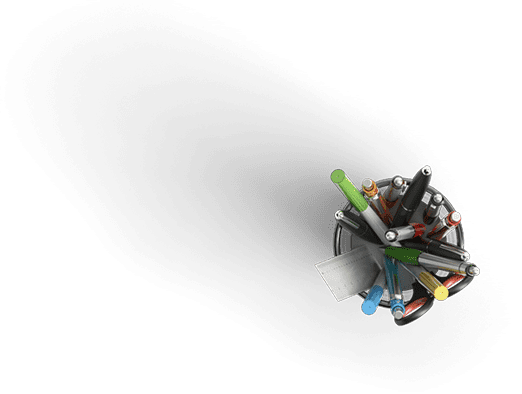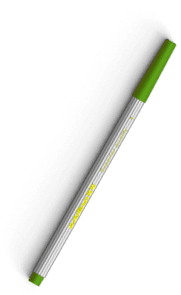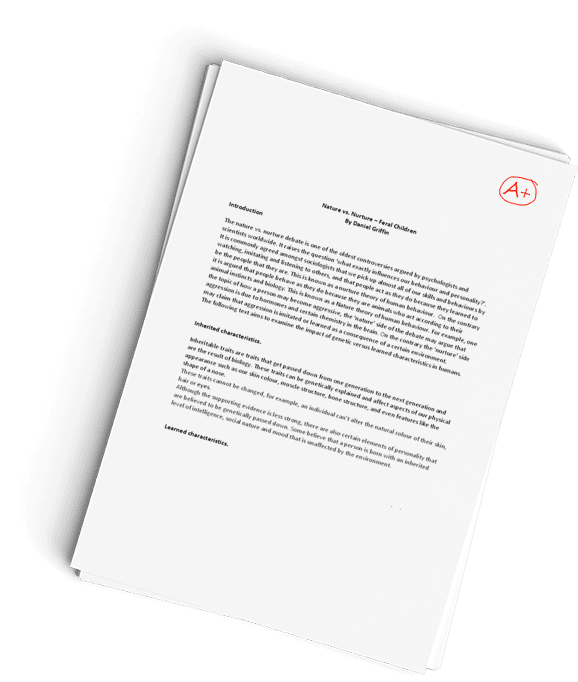ENG101 American College of California Frankenstein Novel Discussion
Now that you have completed Mary Shelley’s Frankenstein, you are in a good position to consider what critics have written about the novel. You will need a total of two critiques (also known as critical analysis essays) for this assignment.
First, use the selection of links below
to locate a critical analysis essay written about the 1818 version of
Mary Shelley’s novel. You may focus most of your attention on this first
critique. If the author of your critique is not specified, focus on the publication of the critique.
Choose from among these sources:
- Romantic Circle’s Critiques:
- Professor Naomi Hetheringtons critique
The questions in the study guides should have helped you evaluate this criticism in your head. Now its time to write it down!
Your evaluation may go more smoothly if you approach the guiding questions in this order:
Evaluate the critic/author:
Whowrote the criticism you read? What credentials does the author have?(If you are using a valid source, you should be able to find theseeasily)
Find the thesis of the article:
What is the thesis of the critical article youve chosen? What point does the author want to make about Frankenstein?
Evaluate the thesis:
Doyou agree with this thesis? Why or why not? Weve covered many ideas inthe study guides. Can you find points within the guides that supportyour agreement or disagreement with the critical writer(s)? Look for newsupporting information rather than revisiting the same ones the criticshave chosen.
Evaluate the support:
Whether you agree or
disagree with the thesis, does the critic provide sufficient research
from the text and outside references to make a strong case? What does
the article have for support from the text or outside sources? In your
opinion, what makes these references valid? Do you feel the author uses
this support properly?
Next, locate a second critique about the
novel that includes ideas somewhat similar (genre classification, for
instance) to any of the discussions you have in your essay. The second
critique can either support or refute any of the claims in your paper.
The objective of this portion of the essay is to further support your
opinion of the primary critics thesis or support. Therefore, for
example, if you choose a secondary article that refutes any of your
claims, you will need to counteract those ideas to bring the focus of
your essay back in alignment with your essays thesis (your personal
opinion of how the primary critic is either correct or incorrect in his
or her thesis claim and/or how the first critic is either effective or
ineffective in his or her support). Every discussion in this essay
should ultimately support the claim you make in your thesis.
For
instance, if the first critic argues that Shelleys writing is
juvenile, and if you agree, does the second critic also support this
thesis? How so? If the second critic does not support your assessment of
the first critic’s thesis, what evidence can you use from the text to
argue that the second critic is incorrect? Consider another example: if
the first critic believes the novel is autobiographical, and if you
disagree, does the second critic help you argue your own view of the
first critic’s thesis? If so, how? Perhaps the second critic disagrees
with your view and feels the novel is autobiographical– if that’s the
case, be prepared to use evidence from the text to refute the second
critics thesis and support your own argument. Using two critiques in
this way will allow you to create a polished, comprehensive Evaluation
Essay that allows you to connect your own ideas to those of seasoned
critics.
In addition to addressing each of the evaluative
components above, develop your essay so it has a clear introduction,
body, and conclusion. You must include an evaluative thesis statement in
both the introduction and the conclusion. Ensure that each of your
claims is supported with valid evidence from the literary criticism you
have chosen; the novel, Frankenstein; and/or the study guides.
Using proper MLA style, insert parenthetical citations for all borrowed information in addition to a Works Cited page for Frankenstein and your chosen literary critiques; you are not required to cite the study guides if you use them.
Helpful Hints: For a thesis statement, try answering a question like: How and how well does this piece of criticism state and support its argument regarding Frankenstein?
You might use these as possible guidelines in crafting your thesis statement:
(Critic,
aka author of the critique) uses (add critic title) to (add an
adjective to describe the effectiveness of the argument such as
adequately or inadequately) argue that (add critics thesis) by
(explain why and/or include your support).
OR
(Critic)s
(add critique title) (add an adjective to describe the effectiveness of
the argument such as adequately or inadequately) argue that (add
critics thesis) because (explain why and/or include your support).
More specific thesis examples:
John
Smith uses “Frankenstein Critique Essay” to adequately argue that
Victor’s mother created the first monster by coddling Victor as a boy.
OR
John
Smith’s “Frankenstein Critique Essay” does not effectively argue that
Victor’s mother created the first monster because the novel Frankenstein
too strongly supports inherent good or bad, which means nurturing roles
cannot be held responsible.
The guidelines for this assignment are:
Length: This assignment should be a minimum of 3 typed pages or at least 750 words.
Header: Include a header in the upper left-hand corner of your writing assignment with the following information:
- Your first and last name
- Course Title (Composition II)
- Assignment name (Evaluation Essay, Writing Assignment 4)
- Current Date
Format:
- MLA-style source documentation and Works Cited
- Your last name and page number in the upper-right corner of each page
- Double-spacing throughout
- Standard font (TimesNewRoman, Calibri)
- Title, centered after heading
- 1 margins on all sides
- Save the file using one of the following extensions: .docx, .doc, .rtf, or .txt
Underline your thesis statement in the introductory paragraph.
Reminder: You need at least two critiquesin addition to the novel in Works Cited in order to receive the highestscore. In other words, you need three sources total in cited in theessay and on the Works Cited page in order to earn the maximum points inthe corresponding column on the grading rubric. Failure to meet thesource minimum will result in a severe decrease in your grade.
Have a similar assignment? "Place an order for your assignment and have exceptional work written by our team of experts, guaranteeing you A results."








